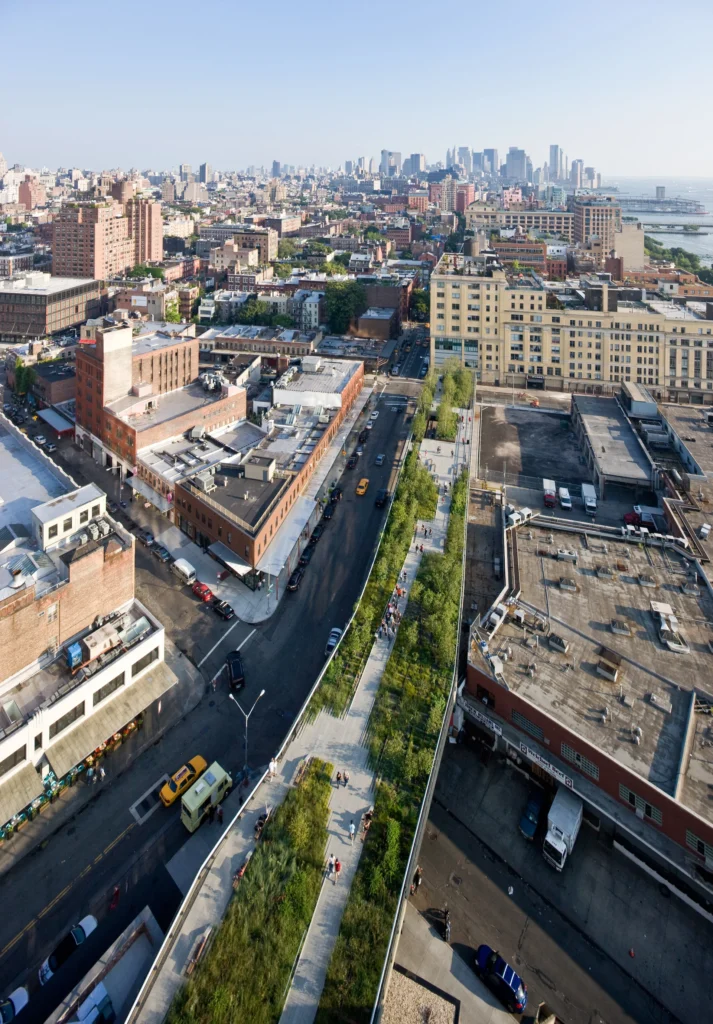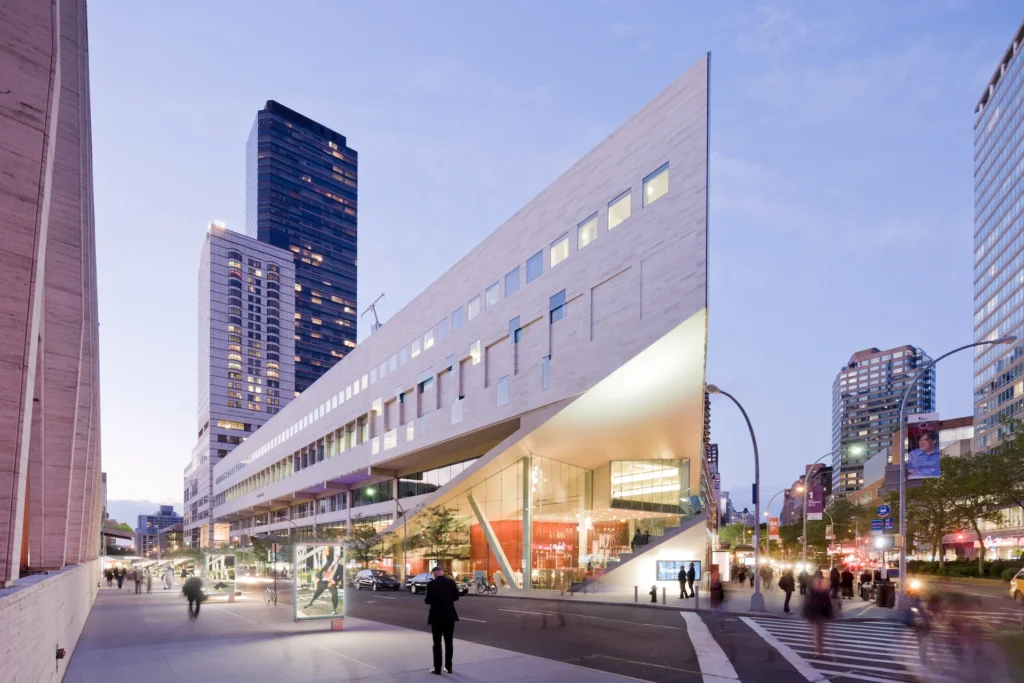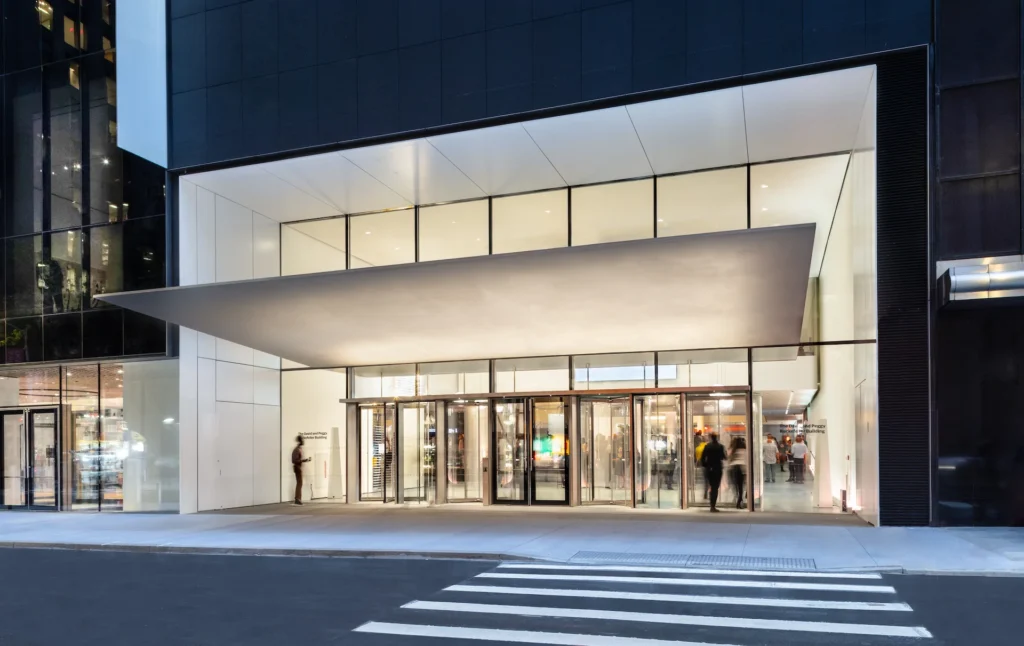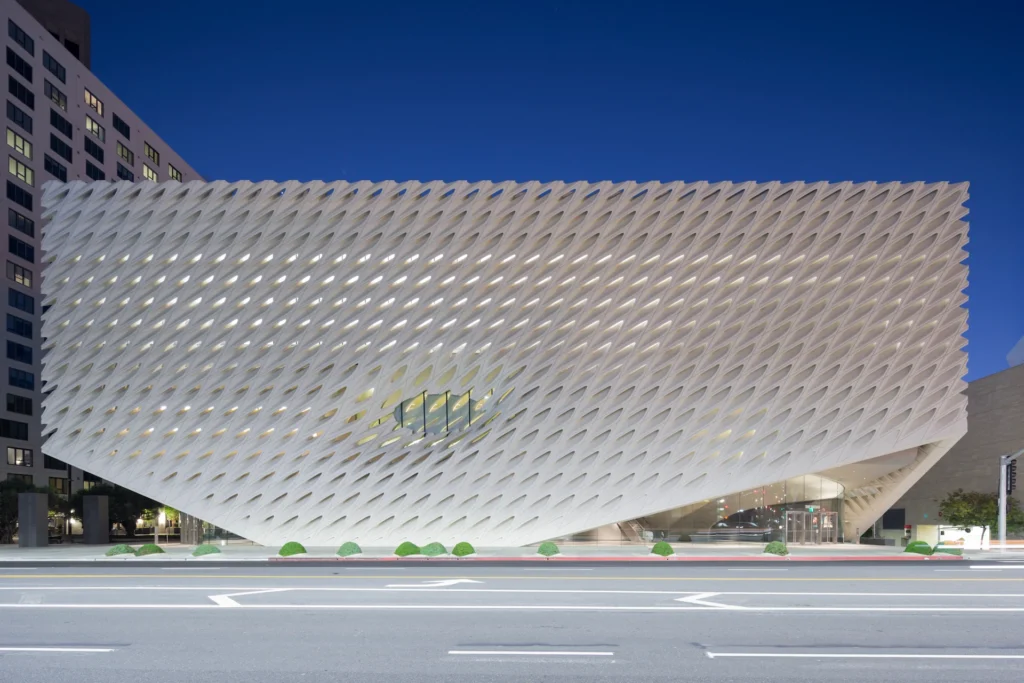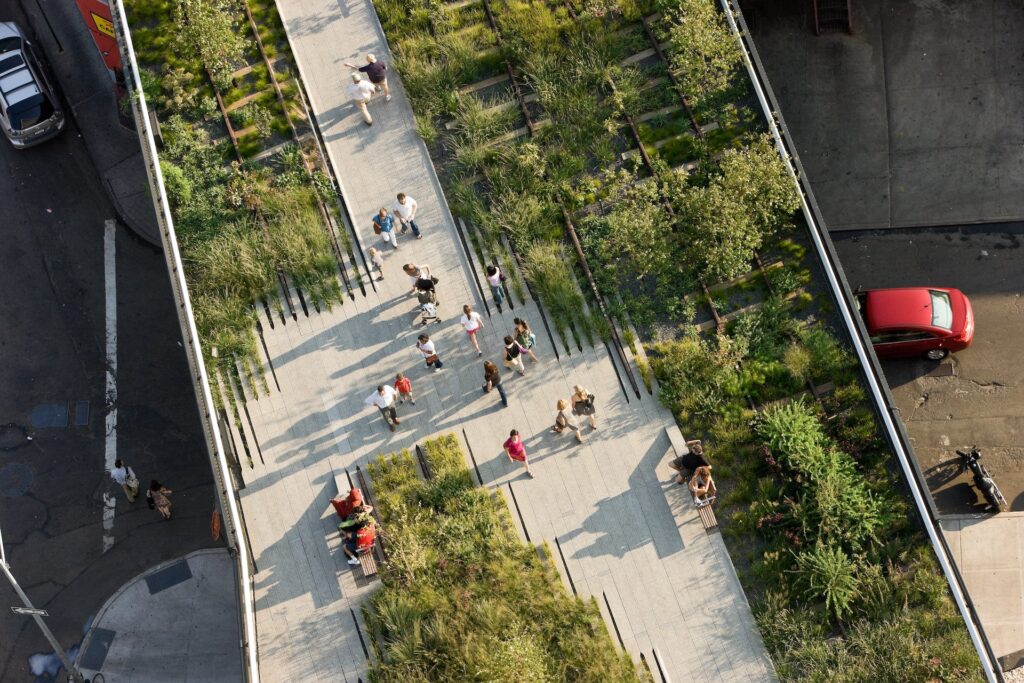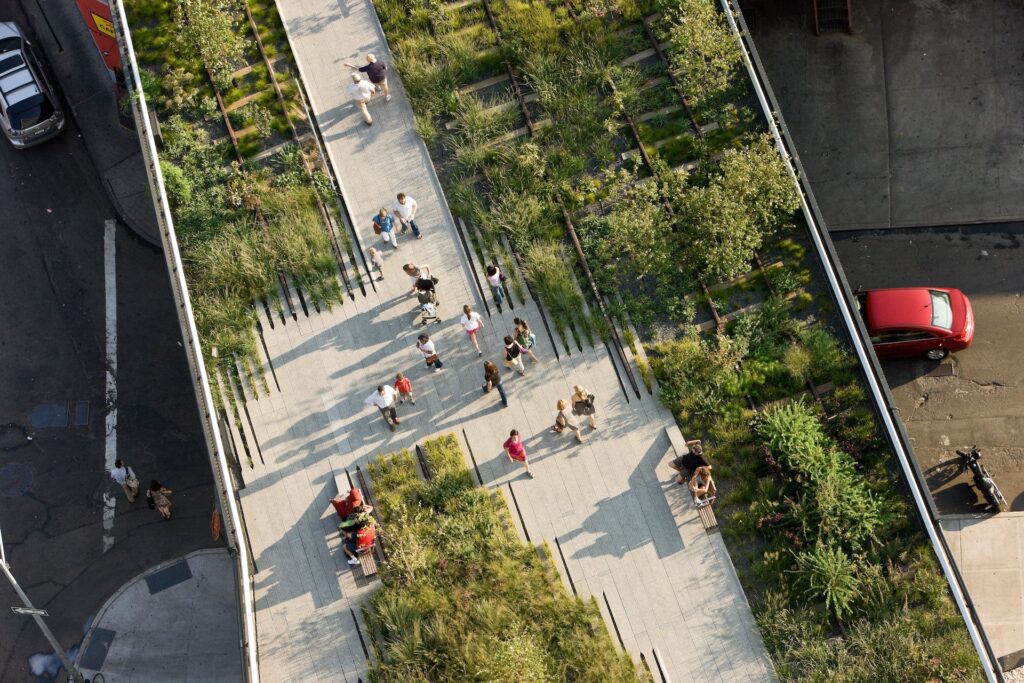
“It is most unusual for well-established architecture firms to change their names… It is even more unusual when an architecture office bears the nomenclature of a husband-and-wife team… Thus Liz Diller and Ric Scofidio’s unusual decision to extend marquee recognition to Charles Renfro strikes me as a singularly wise acknowledgement of how much he has brought to their partnership… Sharing creative credit is most contentious when the artistic stakes are highest. But in this case, the two founders of one of the postmillennial period’s most consistently intriguing architectural practices exhibit an admirable comprehension that two plus one add up to far more than a numerical sum of their parts.”
—Martin Filler, architecture critic
Architecture in the 21st century cannot be understood without considering the visionary contributions of Diller Scofidio + Renfro. Specializing in ambitious public spaces that model principles of sustainability, democracy, community building, and urban revitalization, this New York-based interdisciplinary firm has transformed contemporary architectural practice around the globe. “We create places for everyone, regardless of class, race, socio-economic or education level,” Charles Renfro, Partner at Diller Scofidio + Renfro, told us during last week’s Architecture: The Legends program, beautifully encapsulating the firm’s mission.
Around the turn of the millennium, Diller Scofidio + Renfro evolved from an avant-garde studio producing theoretical, mainly unbuilt artistic propositions into one of the world’s most intriguing, sought-after practices. Employing advanced research and technology as tools to ensure their work serves the public, the firm rapidly grew a portfolio of spectacular, on-the-pulse civic projects, educational institutions, and museums—and along the way became a favorite of architecture critics everywhere.
Take for instance, Diller Scofidio + Renfro’s Tianjin Juilliard School in China, which opened last year under Renfro’s lead. For the famous New York performing arts school’s first campus outside of the US, Renfro designed a structure that communicates both excellence and transparency, drawing on his own training as a musician while also referencing his firm’s earlier work on Juilliard’s home campus—the immense curtain-walled extension to the original 1960s fortress-like Brutalist building that invites the public to peer into the classrooms, studios, and rehearsal spaces. In Tianjin, the glazed conservatory centers around a multi-story, skylit lobby that encourages social interaction and civic exchange—a signature Diller Scofidio + Renfro feature.
Renfro’s career path can be traced to his formative years in 1970s Houston, where the Arab Oil Embargo had sparked an era of rapid growth. With great interest, teen-aged Renfro watched sleek glass skyscrapers sprout up between the mid-rise office buildings and parking lots of his hometown’s business district. As Houston’s skyline became one of the most dazzling in the country, Renfro’s initial dedication to music and playing the clarinet began to be overshadowed by his budding fascination with urbanism and the power of architecture to inject a community with new energy.
While studying at Rice University’s prestigious Shepherd School of Music on a full scholarship, he transferred into the Rice School of Architecture. Upon graduating, he moved to New York to attend Columbia Graduate School of Architecture. In 1997, he was hired by Elizabeth Diller and Ricardo Scofidio, just as their nearly 20-year-old firm was embarking on its historic pivot. In 2004, following a series of highly successful public projects, the husband-and-wife team invited Renfro to be a marquis partner.
Among the most celebrated of Diller Scofidio + Renfro’s early projects is the High Line, a former elevated freight line turned inviting urban park, created in collaboration with British landscape architect James Corner and Dutch garden designer Piet Oudolf. Running along Manhattan’s West Side from the Meatpacking District to Hudson Yards, the much-beloved High Line has shifted the paradigm of what parks can be. In contrast to the archetypal sweeping lawns and secluded woodlands of Central Park, which offers New Yorkers an experience of nature in isolation from the bustling urban fabric, Diller Scofidio + Renfro’s 21st-century park concept harmoniously interweaves cityscapes and gardenscapes, resulting in a more dynamic communal space that inspires urban pride.
During our conversion, Renfro reminisced over the herculean efforts required to bring the High Line to reality. He shared disbelief that those railway tracks, built in the 1920s and abandoned in the 1980s, had been condemned to demolition by officials in Rudy Giuliani’s administration. Calling him an “urbanist, city lover, and New York Lover,” Renfro acknowledged Michael Bloomberg’s invaluable support for the project during his mayoral tenure starting in 2002—including his trust in Diller Scofidio + Renfro’s vision to move the city in a new direction. Renfro also cited the importance of Joel Sternfeld’s photography for the bestselling book Walking the High Line. Sternfeld’s poignant images of the prairie-like flora and fauna on the abandoned tracks secured the public’s resolve to “Save the High Line.”
Masterful urban renewal driven by innovative thinking and technologies also lie at the heart of Diller Scofidio + Renfro’s interventions on the Lincoln Center complex, which saved the venerable New York landmark—home to a dozen art institutions—and demonstrated that historical buildings can become contemporary in the right hands. For the Broad, a contemporary art museum in Downtown Los Angeles, the firm created an original structure wrapped in a honeycomb veil. Inside the museum, visitors are invited to view the art collection on exhibit as well as in the on-site storage facilities. In both the Lincoln Center and the Broad, as well as the Institute of Contemporary Art Boston, the central narrative is how architectural design can facilitate unforgettable cultural-civic experiences that bring people together.
Toward the end of our conversation, Renfro shared a few anecdotes about his private life that were particularly moving. We were struck to learn that the man behind some of today’s most high-profile, most highly regarded architecture is committed to living a life of purpose, shaped by many of the same values that guide his work.
With his life partner, Israeli pianist Daniel Golber, Renfro splits his time between an apartment in Manhattan and a beach house on Fire Island. In my work as a design critic over the years, I’ve interviewed many architects and have noticed that most choose to live in inspiring, dignified historical homes. Renfro is no different, and his love for the 1920s-era residential towers of Manhattan, built as the city’s skyline first took shape, is not surprising. These apartments have a visual energy—high ceilings, intricate moldings, rich textures, and expanded volumes—that new buildings cannot reproduce.
The couple’s Fire Island home is also historical, one of a handful of modest modernist houses created in the 1960s and ’70s by the legendary American architect Horace Gifford, who transformed the island’s Pines community into a summer paradise and safehaven for gay men at the dawn of the LBGQ+ rights movement. Intent on honoring this important history and build on its foundations, the couple opens their home to dozens of visitors every weekend and offers the space as “a social platform to expand the inclusivity of the island, beyond the traditional, typical white gay wealthy environment.” Even at home, Renfro sees architecture as an essential part of serving the people. ◆
This article was published by Forum Magazine by Design Miami.
